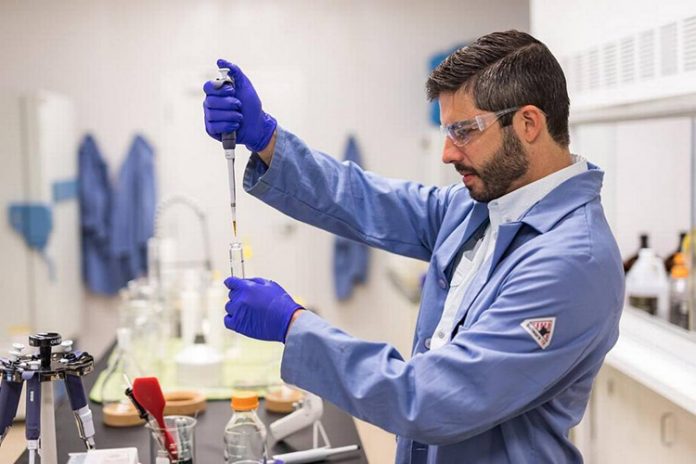During his 25 years of researching cannabis, Dr. Daniele Piomelli has received hundreds of emails from people desperately wanting to know whether the plant can help them with medical problems. He recalls the one he received from the father of a girl with autism who was desperate for help.
“Ninety-nine percent of the time, I have to say, ‘We just don’t know,’ ” said Piomelli, a professor at the University of California, Irvine. “It’s heartbreaking.”
While Piomelli and other marijuana researchers acknowledge a shortage of research on the benefits and risks of the drug, they also said they feel the need to spread what is known about cannabis as California and seven other states move forward with legalized, recreational weed for adults. Piomelli was one of several public health experts who spoke Thursday during a legislative briefing at the state Capitol on the health effects of cannabis.
The briefing comes as the state Legislature recently returned to the Capitol and California started retail sales of marijuana on Jan. 1. Lawmakers are likely to consider a range of legislation aimed at addressing the perceived risks and benefits of marijuana.
Piomelli was in a good position to give an overview of what is known, as he sat on a committee of the National Academies of Sciences, Engineering, and Medicine that recently examined the topic. The organization, which “provides nonpartisan, objective guidance for decision makers,” called the June 2017 report “one of the most comprehensive studies of recent research on health effects of recreational and therapeutic use of cannabis and cannabis-derived products.”
One of the key findings of the National Academies report was that “conclusive or substantial evidence” exists showing that cannabis is effective for treating chronic pain, Piomelli said. Another one: Marijuana helps treat nausea and vomiting.
California and other states also have sanctioned the use of cannabis for treatment of Alzheimer disease, Parkinson’s disease and a host of other chronic conditions. However, available evidence does not support or deny the effectiveness of these treatments, Piomelli said.
Federally, marijuana remains listed under Schedule 1 in the Controlled Substances Act, a category for drugs deemed to be the most harmful and addictive and with no accepted medical use.
The National Academies report found risks associated with marijuana use by pregnant women and youths, but added that more research is needed in these areas, Piomelli said.
Other experts speaking at the Capitol on Thursday focused on risks to youths.
Phillip Gardiner of the University of California, San Francisco, said policymakers need to consider the addition of flavoring to cannabis products, as the tobacco industry used that approach to attract young people to smoking.
He said that’s not the only quality marijuana shares with tobacco. “Smoke is smoke, and it’s not beneficial,” said Gardiner, who acknowledged that cannabis is not just consumed in joints and also is taken through food, beverages and other means.
Lynn Silver, also of UCSF, said she is concerned about how cannabis edibles are packaged and how they might appeal to kids. She said the packaging often mimics well-known candy. “We need to keep marijuana boring so it’s not attracting youth,” she said.














